يحاول ذهب - حر
TURNING SALT INTO GOLD
January/February 2022
|Archaeology
In the Austrian Alps, generations of miners toiled to extract the ancient world’s most valuable resource

Some 400 years ago in the Austrian Alps, a crew of miners dawdled outside their work site perched between a jagged, snowcapped peak and a sparkling lake. They savored the sunlight and pine-scented breeze—the last fresh air they’d inhale for hours—and then entered a tunnel cut horizontally into the mountainside. After a quarter-mile walk, lit by oil lamps, the workers reached the tunnel’s end and resumed burrowing through sheer rock, searching for salt deposits. They were opening a new salt mine at the Hapsburg emperor’s request.
They hammered and chiseled, inching farther into the salt mountain above the town of Hallstatt. Every so often, they lit and doused a small fire, making the rock face brittle and easier to fracture. Finding more salt was imperative. The Hapsburgs used the valuable commodity to finance their banquets, palaces, and wars. As one of Europe’s richest salt sources, Hallstatt “was the treasure chest of the Hapsburg monarchy,” says Kerstin Kowarik, an archaeologist at Natural History Museum Vienna.

But the workers found no glittering salt at the end of this tunnel. Instead, they struck a wall of hardened mud and waste left by earlier miners—pickax handles, burned splits of wood, frayed rope, and salt pieces too puny to collect. They’d have to start a new tunnel elsewhere on the mountain. Someone had already gutted this sector of its salt.

هذه القصة من طبعة January/February 2022 من Archaeology.
اشترك في Magzter GOLD للوصول إلى آلاف القصص المتميزة المنسقة، وأكثر من 9000 مجلة وصحيفة.
هل أنت مشترك بالفعل؟ تسجيل الدخول
المزيد من القصص من Archaeology
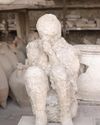
Archaeology
LEGEND OF THE CRYSTAL BRAIN
When most people envision the victims of the eruption of Mount Vesuvius in A.D. 79 that destroyed the cities of Pompeii and Herculaneum, they think of the casts of their bodies made by pouring plaster into voids left by their decaying corpses. Yet not all the physical remains of those who perished in the cataclysm decayed. In one case, a remarkable transformation occurred—a man’s brain turned to glass.
3 mins
July/August 2025
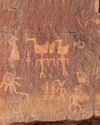
Archaeology
Birds of a Feather
Intriguing rock art in the Four Corners reveals how the Basketmaker people drew inspiration from ducks 1,500 years ago
8 mins
July/August 2025
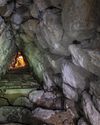
Archaeology
THE HOME OF THE WEATHER GOD
In northern Anatolia, archaeologists have discovered the source of Hittite royal power
13 mins
July/August 2025
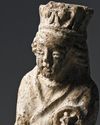
Archaeology
SAINTS ALIVE
Since 2019, archaeologists have been excavating in Berlin's oldest square, known as the Molkenmarkt, or Whey Market.
1 min
July/August 2025
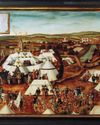
Archaeology
SOLDIERS OF ILL FORTUNE
The Schmalkaldic War, which began in 1546 and lasted less than a year, pitted the forces of the Holy Roman emperor Charles V (reigned 1519-1556) against the Schmalkaldic League, a Protestant alliance formed by German principalities and cities within the empire.
1 mins
July/August 2025
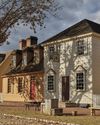
Archaeology
A NEW LOOK AT AN OLD CITY
Archaeologists are reconstructing the complicated 400-year history of Virginia's colonial capital
13 mins
July/August 2025
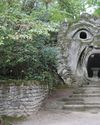
Archaeology
ITALY'S GARDEN OF MONSTERS
Why did a Renaissance duke fill his wooded park with gargantuan stone
10 mins
July/August 2025
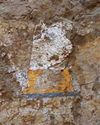
Archaeology
In Search of Lost Pharaohs
Anubis Mountain conceals the tombs of an obscure Egyptian dynasty
3 mins
July/August 2025
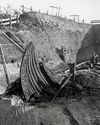
Archaeology
Setting Sail for Valhalla
Vikings staged elaborate spectacles to usher their rulers into the afterlife
15 mins
July/August 2025
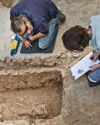
Archaeology
BOUND FOR HEAVEN
During excavations of a Byzantine monastery in 2017 just north of Jerusalem's Old City, a team led by Israel Antiquities Authority archaeologists Zubair 'Adawi and Kfir Arbiv discovered an unusual burial in a crypt beneath the altar of the complex's church.
1 mins
July/August 2025
Translate
Change font size
